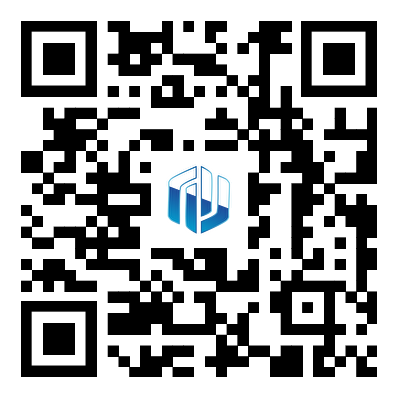What types of sewing machines are used in industry?
2023-10-17
In the industry, various types of sewing machines are used to cater to different sewing requirements and materials. Some of the most common types of sewing machines used in industrial settings include:
Lockstitch Machines: Lockstitch machines are the most widely used type of industrial sewing machines. They create a straight stitch by interlocking the top thread from the needle and the bottom thread from the bobbin. Lockstitch machines are versatile and suitable for a wide range of fabrics, making them ideal for garment manufacturing, upholstery, and general sewing tasks.
Overlock Machines (Serger Machines): Overlock machines, also known as serger machines, are used to finish fabric edges and prevent fraying. They create overlock stitches that simultaneously trim the fabric edge and encase it with thread, providing a neat and professional finish. Overlock machines are commonly used in garment manufacturing and sewing knit fabrics.
Coverstitch Machines: Coverstitch machines are specialized machines used for hemming and decorative stitching on garments, especially in knitwear and sportswear manufacturing. They create a double or triple needle stitch on the top side of the fabric and a looper stitch on the underside, creating a flat and stretchy finish.
Walking Foot Machines: Walking foot machines have a built-in walking foot mechanism that helps feed multiple layers of fabric evenly through the machine. They are used for sewing thick and heavy materials, such as leather, upholstery, canvas, and quilts.
Post-Bed Machines: Post-bed machines have a vertical column (post) that allows the fabric to be sewn in a cylindrical shape, making them ideal for sewing items like shoes, boots, and gloves. The post-bed design provides better access and visibility when working on small or curved items.
Flat-Bed Machines: Flat-bed machines have a flat surface area and are commonly used for sewing flat fabrics, such as garments and linens. They come in various configurations, including single needle, double needle, and multi-needle options.
Cylinder-Bed Machines: Cylinder-bed machines have a narrow, cylindrical working area that is useful for sewing in circular patterns or cylindrical items like cuffs, sleeves, and small bags.
Bar-Tack Machines: Bar-tack machines are specialized for creating reinforced stitches in specific areas of a garment, such as pocket openings, belt loops, and buttonholes. They provide strength and durability in critical areas of sewing.
Blind Stitch Machines: Blind stitch machines are used to create nearly invisible hems on garments and fabrics. They are often used in clothing manufacturing and alterations.
Button Sewing Machines: Button sewing machines are designed to attach buttons to garments efficiently and securely.
These are just a few examples of the types of sewing machines used in industry. Many industrial sewing machines come with specialized features and attachments that enhance their functionality for specific sewing tasks. Businesses choose the appropriate type of sewing machine based on the materials they work with, the volume of production, and the specific sewing operations required for their industry.


